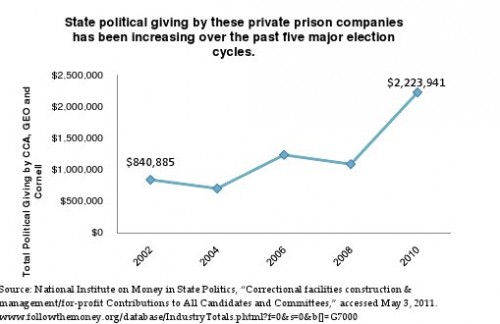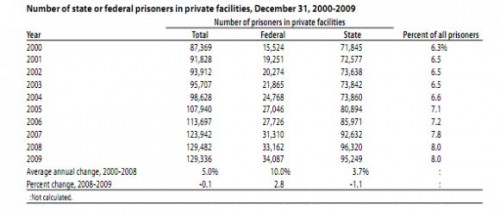HAPPY October! Here are some highlights from last month…
New Contributor:
 We’re pleased to announce that Wendy Christensen, visiting Assistant Professor at Bowdoin College, has joined us as a regular contributor. She studies the families of men and women in the armed forces, especially the ways that the military “recruits” family members into support roles. Her first post on war-themed advertisingwas picked up by BoingBoing! Keep your eye out for posts or follow her on twitter.
We’re pleased to announce that Wendy Christensen, visiting Assistant Professor at Bowdoin College, has joined us as a regular contributor. She studies the families of men and women in the armed forces, especially the ways that the military “recruits” family members into support roles. Her first post on war-themed advertisingwas picked up by BoingBoing! Keep your eye out for posts or follow her on twitter.
News, Publications, and Appearances:
Thanks to Rebecca Pardo and the team at Impact, I had the super fun experience of talking about hook up culture on MTV Canada last week. That’s a first for me!
I also got to play a part in a CNN story about the difference between nerds and hipsters. Great idea for a story and well written by Aaron Sagers.
Contributor Caroline Heldman continues to report on the cheerleader who was forced to cheer for the man who she alleges sexually assaulted her. After losing a court case against the school, she was required to pay the school’s $35,000 in legal fees. An outcry led to an overturning of that requirement. More at Ms. magazine.
I’m looking forward to visiting Pacific Lutheran University this month (October 25-26). I’ll be talking about both hook up culture and my research about U.S. discourses on “female genital mutilation.” I’d love to see you there!
I’ve also just scheduled talks at the University of Massachusetts – Amherst and Harvard in March. More on those later!
We were also linked from Andrew Sullivan’s Daily Dish, Feministing, The Frisky, and BoingBoing (as mentioned above). We bask in the attention.
Progress on Course Guides:
Mary Nell Trautner — University at Buffalo, SUNY — has developed a fantastic new Course Guide for instructors teaching Sociology of Gender. We hope you think it’s as awesome as we do!
Gwen is also hard at work on her Introduction to Sociology Course Guide and I’m working on a Research Methods guide that’ll be ready soon.
We’d like to collect as many Course Guides as we can, even different takes on the same course. So, if you’re interested in writing on, please see our Instructors Page. There’s other good stuff for instructors there too.
Best of September:
Our fabulous intern, Norma Morella, collected the stuff ya’ll liked best from last month. Here’s what she found:
- Christie Barcelos, Exclusion and American Yoga
- Margo DeMello, Capitalism, Animals, and the Ownership of Icons (with Toucan Sam!)
- Dave Paul Strohecker and David Banks, QR Codes and Digital Exclusivity
- Martin Hart-Landsberg, The Innovation Trap: How the iPhone Isn’t Saving America
- Wendy Christensen, United We Buy: Using Patriotism and War to Sell Products
- Gwen Sharp, How to Avoid Harassing Asian Women
- Gwen Sharp, Openly Breastfeeding on Sesame Street
- Lisa Wade, Exposing the Artificiality of Women in Fashion
- Lisa Wade, Race-Themed Events at Colleges (trigger warning)
Social Media ‘n’ Stuff:
Finally, this is your monthly reminder that SocImages is on Twitter and Facebook. Gwen and I and most of the team are also on twitter:







